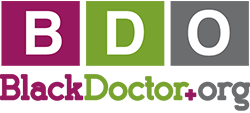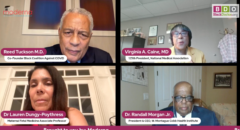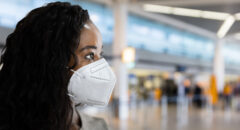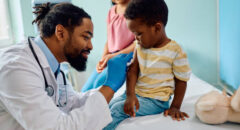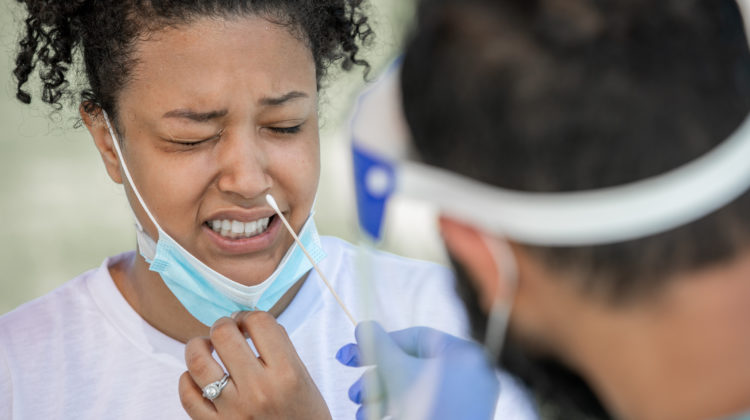
Recently Citigroup began providing at-home Covid-19 testing kits to many of its workers in Chicago and New York, and plans to expand this to all 6000 U.S. branches. Each kit includes a nasal swab, a paper strip and a liquid solution, and people get a result within minutes. “It looks a little like a pregnancy test,” Dr. Lori Zimmerman, Citigroup’s medical director, told me. They have distributed enough tests for each employee to test three times weekly.
Ideally, their employees will be able to determine if they have COVID before they infect co-workers and customers.
Many medical experts believe these types of tests should be available across the country. The thought is that although more Americans are receiving vaccine shots, the country remains months away from vaccination becoming the norm.
Self-testing several times a week may allow life to gain some normalcy avoiding new surges. Unfortunately, testing in the U.S. has decreased 35% since mid-January. This decrease can result in an increase in COVID in African Americans because of the inherent increased risk in contracting COVID in this part of the population.
“We have to do more,” Jennifer Nuzzo, an epidemiologist at Johns Hopkins University, told me. “This pandemic is not over. We still have dangerously high levels.”
Testing may have declined in part because the healthcare system has had to focus on giving vaccine shots. However, if the U.S. can accelerate and administer both vaccinations and testing, lives could be saved and schools and businesses could reopen.
“It pays for itself,” Dr. Michael Mina, a Harvard University epidemiologist who has argued for more testing, said. “Tests are one of the easiest, least burdensome things we could do.”
Worldwide, several countries, including Australia and South Korea, have already used mass testing to help suppress Covid cases, as Vox’s Umair Irfan notes. Many colleges in the U.S., as well as pro sports leagues, have relied on testing to remain operable. And Biden administration officials say they are committed to making tests more available, including for people who show no symptoms.
What is needed for the U.S. to do more testing?
Money. The recently passed virus-relief law includes $50 billion for expanded testing, including $10 billion for schools. That will help, experts say, although it’s not yet clear how much. The tests that Citigroup is giving cost about $5 each, when purchased in large quantities.
A nationwide program of universal mass testing for unvaccinated people would probably cost a few billion dollars a week, which is clearly a lot of money, but not as much money as is lost with closing businesses and other shutdowns.
Logistical Assistance. While hospitals and pharmacies are focused on vaccinations, people need places to get tested. The Biden administration is working with state and local officials to open four regional coordinating centers in coming weeks. Corporate America can play a role, as well.
Large Canadian companies recently created a consortium to give rapid-result tests to employees, and the group’s organizers announced this week that they planned to expand into the U.S.
F.D.A. approval. Citigroup has been able to distribute its tests — which are known as rapid antigen tests — only because it is doing so as part of an academic study; the Food & Drug Administration has not approved the tests Citigroup is using. The agency has approved two other at-home antigen tests, but they are not yet widely available.
One issue is that rapid-antigen tests are slightly less accurate, missing some people that do have Covid, than the other main type of test, which is known as a P.C.R. test and isn’t an option for mass home testing.
During President Biden’s first two months in office, his administration has made significant progress in increasing the pace of vaccinations, however, there are still many Covid challenges. Vaccinations still need to increase to match the rate at which pharmaceutical companies are delivering shots. (The new goal Biden announced yesterday is to hit 200 million vaccinations in his first 100 days, but will still not be enough).
Second, reversing the decline in testing needs to be addressed and resolved by the administration.
